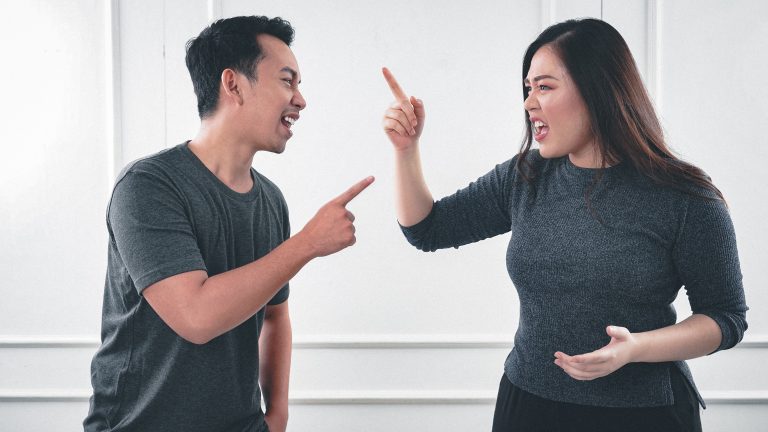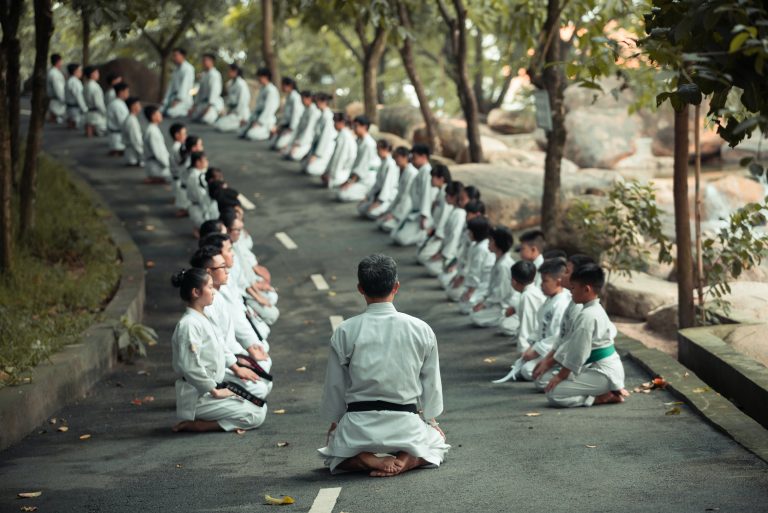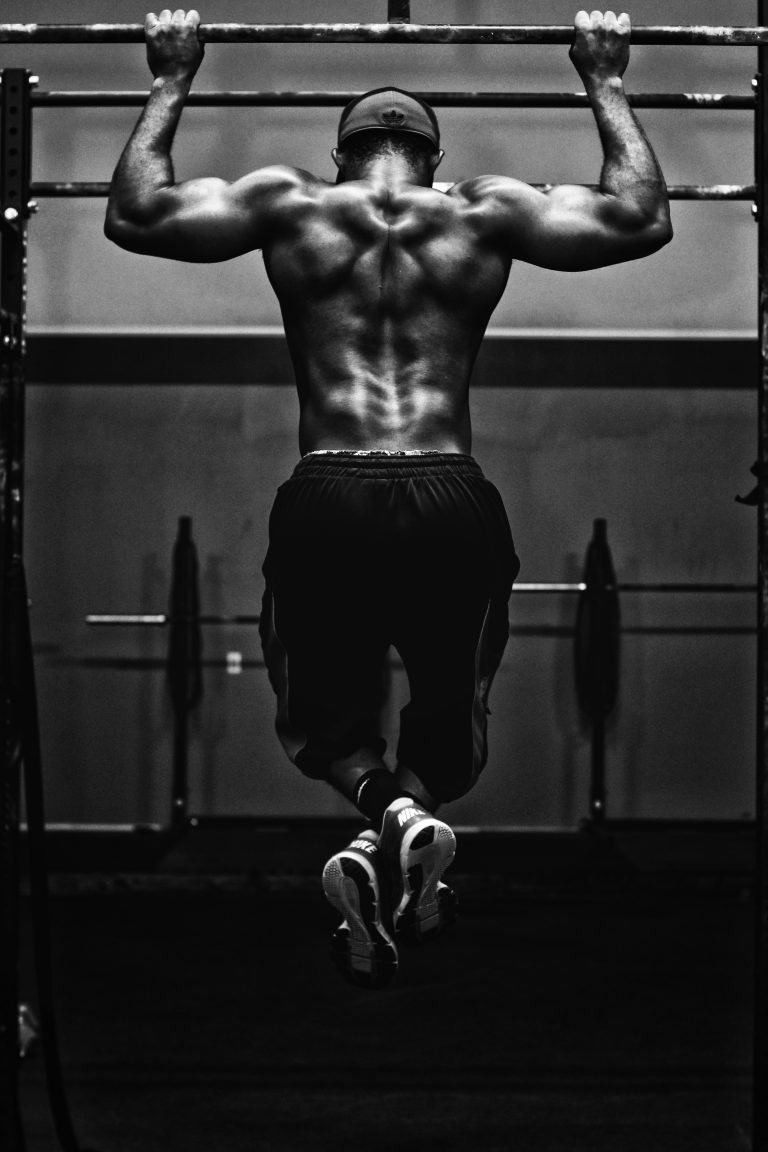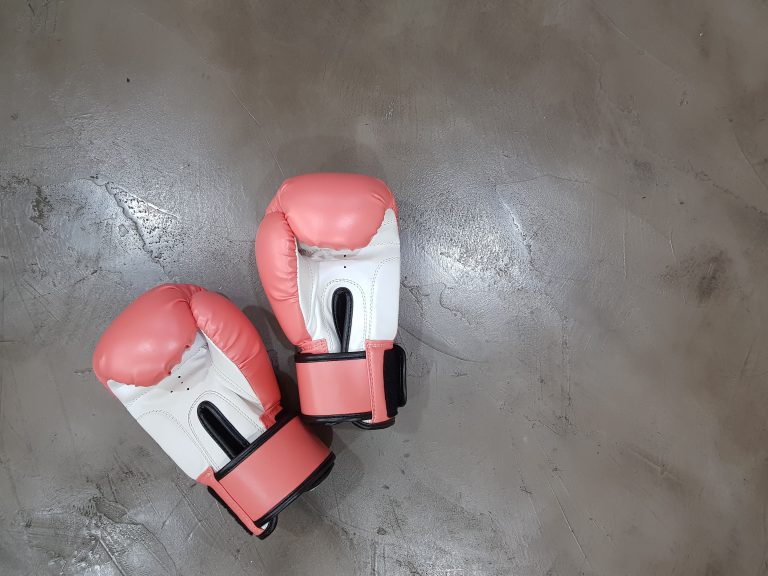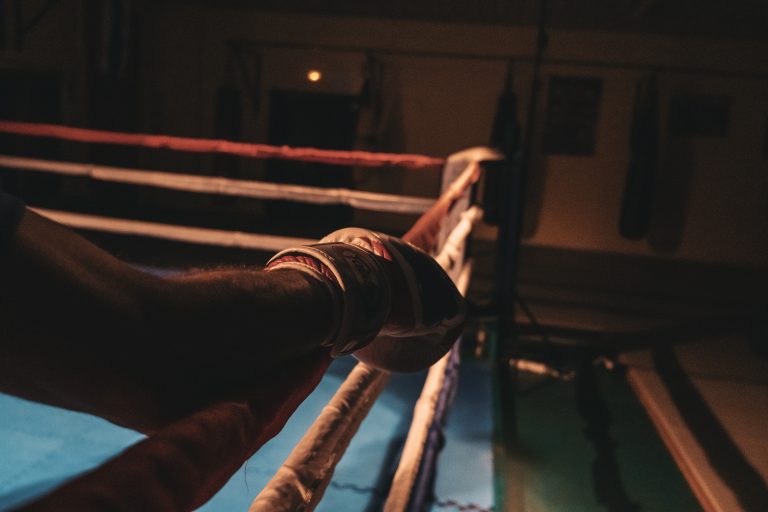Karate Kata Names in English: A Comprehensive List
Karate is a martial art that originated in Okinawa, Japan in the 19th century. It is a discipline that emphasizes physical strength, mental focus, and spiritual growth. Karate kata is a form of training that involves performing a series of movements and techniques in a pre-arranged sequence.
Each kata has its own unique name, which represents its meaning and purpose. In this blog post, we will provide a comprehensive list of karate kata names in English.
What is a Karate Kata?
A karate kata is a choreographed sequence of movements that simulates various combat scenarios. It is a form of training for solo practice, where the practitioner performs a series of techniques with imaginary opponents.
Kata is an essential part of karate training because it helps develop muscle memory and improves technique. It also helps improve concentration, focus, and physical fitness.
There are many different karate styles, and each one has its own set of kata. However, some kata are common to many styles, such as the Heian series and the Tekki series.
The Importance of Kata Names
Kata names are an essential part of karate training because they represent the meaning and purpose of each kata. When a practitioner learns the name of a kata, they gain insight into its characteristics and the specific techniques that it contains.
Additionally, kata names help preserve the history and tradition of karate. Many kata names are rooted in Japanese culture and history, and they represent the values and philosophy of the martial art.
The List of Karate Kata Names in English
1. Heian Shodan – „Peaceful Mind One“
2. Heian Nidan – „Peaceful Mind Two“
3. Heian Sandan – „Peaceful Mind Three“
4. Heian Yondan – „Peaceful Mind Four“
5. Heian Godan – „Peaceful Mind Five“
6. Tekki Shodan – „Iron Horse One“
7. Tekki Nidan – „Iron Horse Two“
8. Tekki Sandan – „Iron Horse Three“
9. Bassai Dai – „To Penetrate a Fortress, Major“
10. Kanku Dai – „Viewing the Sky, Major“
11. Empi – „Flying Swallow“
12. Jion – „Love and Goodness“
13. Hangetsu – „Half Moon“
14. Gankaku – „Crane on a Rock“
15. Nijushiho – „Twenty-Four Steps“
16. Sochin – „Tranquil Force“
17. Meikyo – „Mirror of the Soul“
18. Wankan – „Crown of a King“
19. Gojushiho Dai – „Fifty-Four Steps, Major“
20. Chinte – „Strange Hands“
Frequently Asked Questions About Karate Kata Names in English
Karate is a Japanese martial art that emphasizes striking techniques, such as punching, kicking, and knee strikes. One of the essential aspects of karate is performing a sequence of movements called kata. Each kata has a unique name that reflects its traditional Japanese origin. However, for non-Japanese speakers, it can be challenging to remember and pronounce all the kata names comfortably. In this blog post, we will address some of the most frequently asked questions regarding karate kata names in English.
1. Why are karate kata names in Japanese?
As previously mentioned, karate is a Japanese martial art, and most of its terminology and techniques come from Japan. Kata is a sequence of movements codified and passed down through generations of practitioners to preserve and honor karate’s traditions. Therefore, the names of the kata are also in Japanese, as a tribute to the art’s origin and history.
2. Can I learn karate kata without knowing the Japanese names?
Yes, it is possible to learn and perform karate kata without knowing the Japanese names. However, it is encouraged to learn the original names of the kata because it reflects the history, culture, and philosophy behind the movements. Moreover, knowing the names of the karate kata can enhance one’s understanding and appreciation of the tradition and the art.
3. How can I remember the Japanese names of karate kata?
Learning the Japanese names of karate kata can be challenging, especially for non-Japanese speakers. Here are some tips that can help:
- Break down the name into smaller syllables and learn each syllable separately.
- Repeat the name frequently during training and practice.
- Associate the name with a visual image or a memorable phrase.
- Use online resources or mobile apps to practice and test your memory of the kata names.
4. Are there any English translations of karate kata names?
Yes, many karate schools and organizations provide English translations of the kata names to help non-Japanese speakers understand the meanings behind the movements. However, it is important to note that some of the translations might vary depending on the interpretation and context of the kata.
5. What is the significance of kata names in karate?
The names of karate kata have a symbolic and philosophical meaning that reflects the essence of the sequence of movements. Understanding the meaning behind the kata name can deepen one’s connection and spiritual awareness of the art. For example, Heian Shodan, one of the beginner kata, means „peaceful mind number one“ in English, which emphasizes the importance of a calm and focused state of mind during training and everyday life.
6. Can the pronunciation of kata names affect the performance of the kata?
The correct pronunciation of kata names is essential in karate because it reflects the respect and appreciation for the art’s traditions and culture. However, the incorrect pronunciation of a kata name does not necessarily affect the performance of the kata itself. It is crucial to focus on learning and mastering the sequence of movements and the correct techniques.
7. Are there any variations in the kata names among different karate styles and organizations?
Yes, there might be some variations in the kata names among different karate styles and organizations. Some schools might use alternative names or translations for the same kata, while others might have added or modified some of the sequences. Therefore, it is vital to consult with your instructor and be aware of the specific conventions and traditions of your karate style and organization.
Introduction:
Karate is one of the most popular martial arts in the world. Karate is strongly rooted in Japanese culture and tradition, and one of the most important aspects of karate is the practice of kata. Kata is a sequence of movements that are practiced repeatedly to improve muscle memory, balance, focus and coordination. There are hundreds of different kata in karate, each with their own unique set of movements and techniques. In this blog post, we will explore the karate kata names in English.
Step 1: Understanding the Kata System
Before we discuss the specific names of the kata, it is important to understand the system by which they are named. In traditional karate, there are three main categories of kata: Taikyoku, Heian, and Tekki. Taikyoku is a beginner-level kata that is designed to teach the basic movements of karate. Heian kata are a series of five to six kata that are practiced by students as they progress from beginner to intermediate-level. And Tekki kata is a set of three advanced katas that are designed to teach pushing, drawing, and gripping techniques.
Step 2: Learning the Names of the Kata
Now that we have an understanding of the system by which the kata are named, let’s discuss the specific names of the kata themselves. Here are the names of the kata from the Taikyoku, Heian, and Tekki categories:
Taikyoku Kata Names:
- Taikyoku Shodan – First Cause
- Taikyoku Nidan – Second Cause
- Taikyoku Sandan – Third Cause
Heian Kata Names:
- Heian Shodan – Peaceful Mind One
- Heian Nidan – Peaceful Mind Two
- Heian Sandan – Peaceful Mind Three
- Heian Yondan – Peaceful Mind Four
- Heian Godan – Peaceful Mind Five
Tekki Kata Names:
- Tekki Shodan – Iron Horse One
- Tekki Nidan – Iron Horse Two
- Tekki Sandan – Iron Horse Three
Step 3: Pronouncing Kata Names Correctly
It is important to pronounce the kata names correctly as they are often used by instructors during training sessions. Here are the correct pronunciations for each of the kata names listed above:
- Taikyoku Shodan – tie-k-yo-koo sho-dan
- Taikyoku Nidan – tie-k-yo-koo nee-dan
- Taikyoku Sandan – tie-k-yo-koo san-dan
- Heian Shodan – hey-ahn sho-dan
- Heian Nidan – hey-ahn nee-dan
- Heian Sandan – hey-ahn san-dan
- Heian Yondan – hey-ahn yon-dan
- Heian Godan – hey-ahn go-dan
- Tekki Shodan – tek-kee sho-dan
- Tekki Nidan – tek-kee nee-dan
- Tekki Sandan – tek-kee san-dan
Step 4: Conclusion
In conclusion, kata is an integral part of karate training and has been an important component of martial arts training for centuries. The names of the kata themselves often reflect the movements or techniques involved in each kata. When practicing karate, be sure to learn and master the kata to improve your overall technique and mastery of the art. With this guide, we hope that you are now familiar and confident with the karate kata names in English.
Inhaltsverzeichnis

